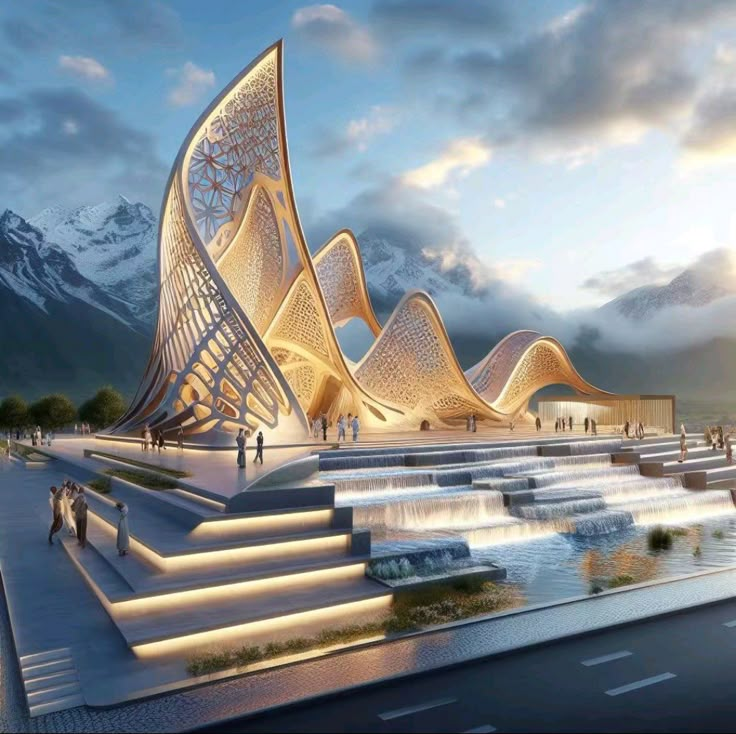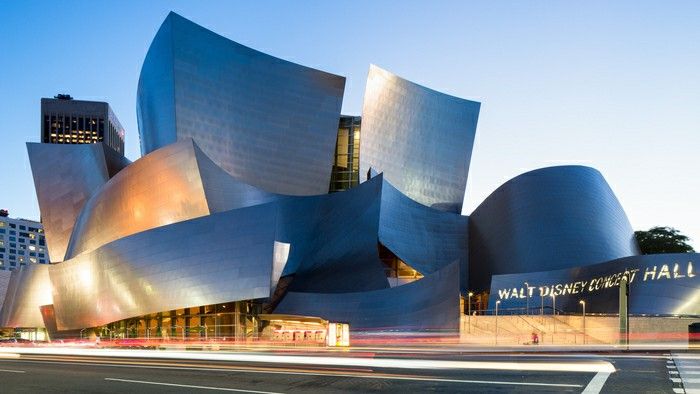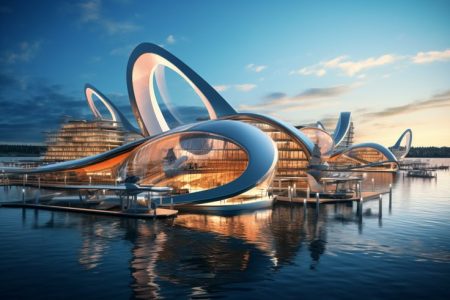In recent years, parametric design has revolutionized the field of architecture. With the use of computational tools and advanced algorithms, architects can now design complex, fluid, and customized architectural forms that were once unimaginable using traditional methods. But what exactly is parametric design, and how has it impacted modern architecture?
Points Covered
- Understanding Parametric Design and Algorithms
- How Algorithms Influence Design
- How Parametric Design Transforms Architecture
- Iconic Examples of Parametric Design
- The Future of Parametric Design
- Conclusion
Understanding Parametric Design and Algorithms
Parametric design uses parameters, or variables, to generate architectural shapes. Instead of creating each element manually, architects input these parameters into a system, and the algorithm generates a design based on the relationships between them. Grasshopper and Rhinoceros are among the popular tools that architects use to generate innovative and non-traditional designs.
How Algorithms Influence Design
Algorithms, or sets of instructions, guide how the parameters interact and shape the final design. For example, the curvature of a building might change based on the angle of sunlight, making the structure dynamic and responsive to its environment.
How Parametric Design Transforms Architecture
1. Freedom of Form
One of the biggest benefits of parametric design is its ability to create organic and fluid forms. This level of freedom allows architects to design structures that are expressive and unique, breaking away from traditional forms that are often fixed and predefined.
2. Efficiency and Precision
Unlike traditional methods that involve trial and error, parametric design allows architects to have precise control over the final structure, optimizing efficiency and sustainability. This method ensures faster iterations and eliminates unnecessary waste.
3. Adaptability to Environment
Another key feature of parametric design is the ability to create adaptive buildings that respond to environmental factors. For instance, a building might adjust its louver systems based on sunlight, providing shade or maximizing natural light for energy efficiency.
Iconic Examples of Parametric Design
- Eden Project, UK: The interconnected biomes were designed using parametric modeling, allowing for smooth, spherical shapes that integrate environmental systems.
- Beijing National Stadium (Bird’s Nest), China: The complex steel structure was made possible through parametric design, creating a flowing, continuous form.
- Guggenheim Museum, Bilbao: Though built before parametric design tools were available, the museum’s organic forms foreshadow the possibilities of computational design.

The Future of Parametric Design
The future of parametric design looks promising. As AI and machine learning evolve, these tools will generate adaptive, intelligent designs that respond to real-time variables like climate or user behavior. Moreover, the sustainability focus will drive the design of energy-efficient, resource-conscious buildings.
Conclusion
As the parametric design field confronts the urgent need for climate action, the integration of innovation and sustainability is reshaping how designers approach creation, modeling, and urban impact. For designers, industry leaders, and changemakers committed to reducing the environmental footprint, the upcoming Sustainable Creative Art: Inspiration from Nature (SCIN) ‘ Conference is a must-attend event. Taking place from April 22–24, 2025, at the renowned Museum of the Future in Dubai, this conference will gather global experts and professionals to explore the latest advancements in parametric design, sustainable strategies, and climate-resilient practices.
Discover more about the 𝑺𝑪𝑰𝑵 Conference here: 𝑺𝑪𝑰𝑵 Conference
